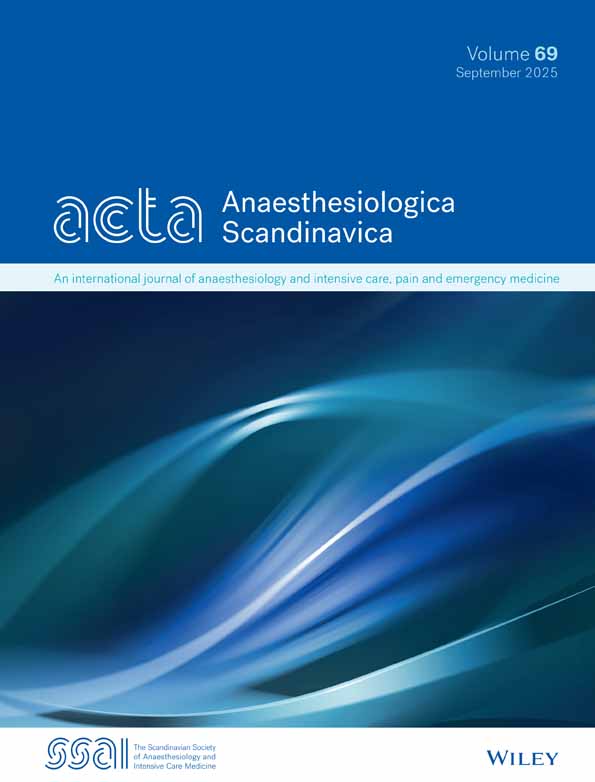Safe and Effective Use of Transcutaneous Blood Gas Monitors
Abstract
The Medical Devices Amendments of 1976 (PL 94–295) will compel users of transcutaneous monitors to comply with Class II, Performance Standards. These standards will have to provide reasonable assurance of the safety and effectiveness of the device. Similar standards are in preparation for other cardiac and respiratory monitors. Dangers of tcPo2 monitors include shock and burn, which requires attention to the insulation of the monitor from the power line and from recorders used to record the output. Optimal safe time vs. temperature limits have not yet been established, and these may vary with age, skin site, blood pressure and body and environmental temperature. The usefulness of alarms for Po2, sensor temperature and heating power, and their limits remain to be defined by extensive clinical use. Standards for drift, reproducibility, recalibration interval and accuracy will have to be set after more extensive clinical use especially by groups not involved in the initial prototype development and testing. In order to prove that these devices are also effective, physicians will have to document that care would have been different, and might have impaired patient safety, if the device had not been used.




